Biodiversity in America: A Tapestry Woven Through National Parks and Natural Landscapes
Michael Jameson, President (Tulsa, OK)
Michael Jameson holds degrees from Oklahoma State University (Stillwater), the University of Oklahoma (Norman) and the University of Michigan (ABD – Ann Arbor). In serving his entire tenure as a Regulatory Specialist with Vanguard, he founded the company in 1992 and is ranked at the “expert” level in chess.
The United States is a vast and ecologically diverse country spanning a wide range of climates, landscapes, and ecosystems. From the rugged coastlines of Maine to the deserts of the Southwest, and from the towering forests of the Pacific Northwest to the tropical wetlands of Florida, the country’s biodiversity is one of its most valuable natural treasures. This biological richness is particularly evident in its national parks, where a mosaic of habitats supports a stunning variety of plant and animal species.
Across America, there are biodiverse landscapes, natural wonders, and ecosystems that beckon humanity worldwide to see and experience, first-hand, the beauty that shouts to all of mankind: Come and enjoy my richness!
Ecological Wealth of the United States
The United States covers approximately 3.8 million square miles and encompasses a wide array of ecoregions, from tundra and boreal forests in Alaska to subtropical mangroves in Florida and deserts in Arizona. This geographic diversity supports over 1,400 species of mammals, birds, reptiles, amphibians, and insects, alongside an estimated 18,000 native plant species.
National parks and similar protected areas play a critical role in preserving this biodiversity. These parks are more than just scenic landmarks; they are vital refuges where ecosystems thrive relatively undisturbed by urban development or industrialization.
Alaska: The Frontier of Wilderness and Biodiversity
Alaska features biodiversity to the utmost, particularly because of its vast wilderness areas that remain largely untouched by human activity. Denali National Park, home to North America’s highest peak, Denali, is a prime example. The park’s ecosystems range from taiga forests to alpine tundra, supporting species such as grizzly bears, caribou, wolves, and Dall sheep. The park is also a critical breeding ground for migratory birds and hosts a variety of plant species adapted to the harsh northern climate.
 Mt. Denali
Mt. Denali
Further north, Gates of the Arctic National Park protects a vast expanse of Arctic wilderness, where polar bears, musk oxen, and Arctic foxes roam. The cold, extreme environment supports a unique set of flora and fauna, highlighting the biodiversity of the circumpolar north. Alaska’s coastal waters also contribute to biodiversity, with marine mammals like humpback whales, sea otters, and seals. The state’s diverse habitats—from glaciers and fjords to forests and tundra—demonstrate nature’s adaptability across extreme conditions.
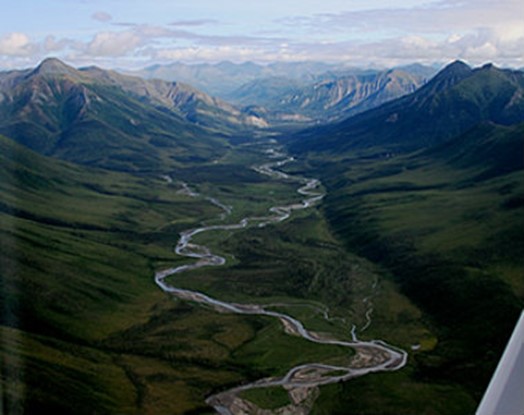 Gates of the Arctic National Park
Gates of the Arctic National Park
The Pacific Northwest: Lush Forests and Rich Marine Life
The Pacific Northwest is famed for its dense temperate rainforests and abundant marine life. Olympic National Park in Washington State exemplifies this diversity with its distinct ecosystems ranging from alpine meadows to old-growth forests and rugged coastline. The park shelters Roosevelt elk, black bears, mountain goats, and the endangered northern spotted owl, a symbol of the region’s delicate forest ecosystems. Washington’s coastal waters support orcas, sea lions, and abundant fish populations, integral to both the ecosystem and local Indigenous cultures. The temperate rainforests of the Pacific Northwest rank among the rarest ecosystems on Earth, hosting some of the world’s tallest and oldest trees like the Sitka spruce and Western red cedar.
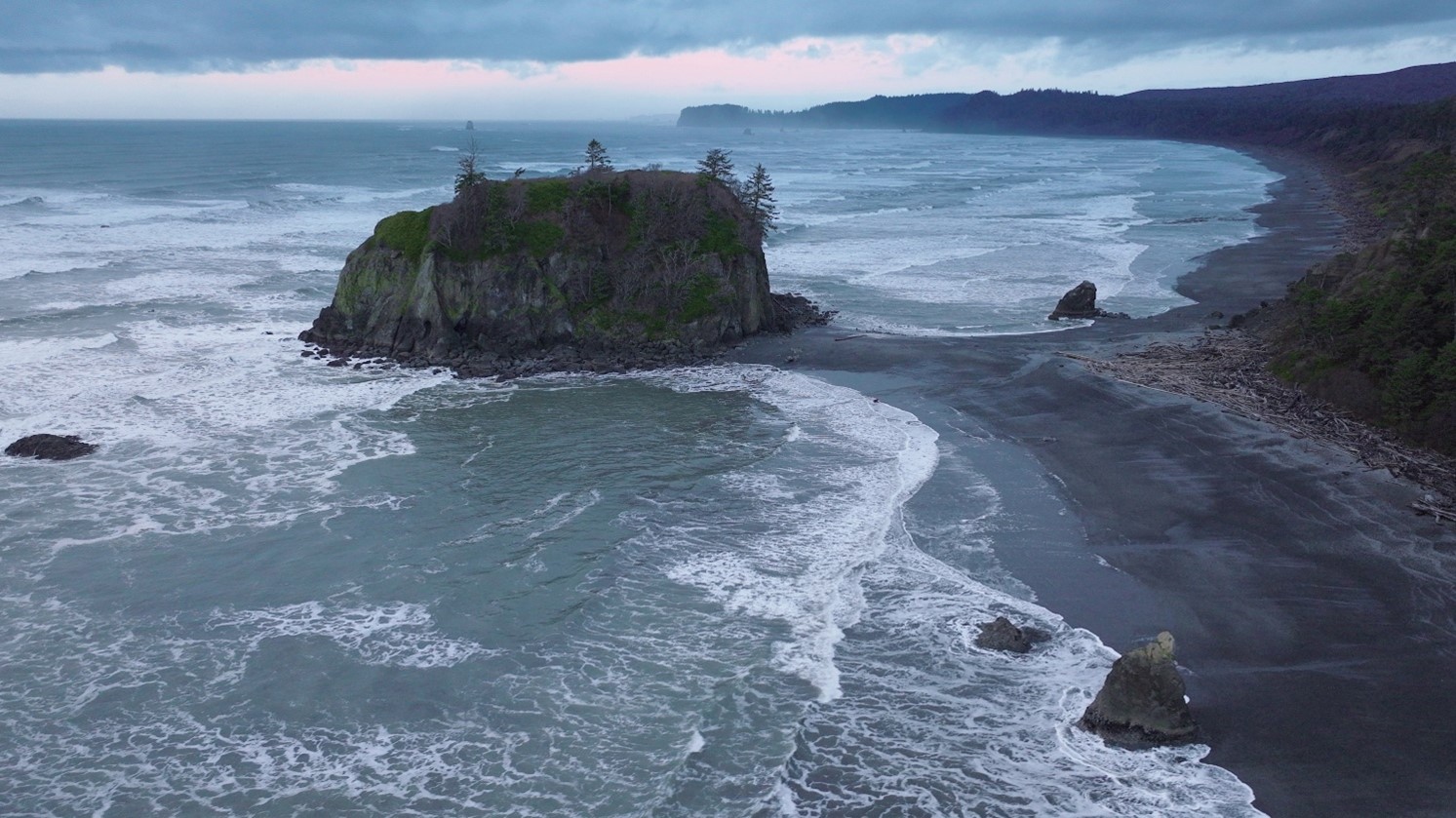 Olympic National Park
Olympic National Park
California: A Biodiversity Hotspot
California is one of the most biodiverse states in the U.S., thanks to its variety of climates and topographies. Yosemite National Park is, perhaps, the state’s most iconic park, famous for its granite cliffs, waterfalls, and giant sequoia groves. The park supports black bears, mule deer, bobcats, and numerous bird species. Nearby, Joshua Tree National Park offers a starkly different ecosystem — a desert landscape where the Joshua tree itself is a keystone species supporting birds, mammals, reptiles, and a rich insect fauna. California’s diverse ecosystems extend to coastal habitats, wetlands, and mountainous regions, each harboring unique communities of plants and animals. The state is also part of the California Floristic Province, a global biodiversity hotspot with high levels of plant endemism — meaning many species are found nowhere else on Earth.
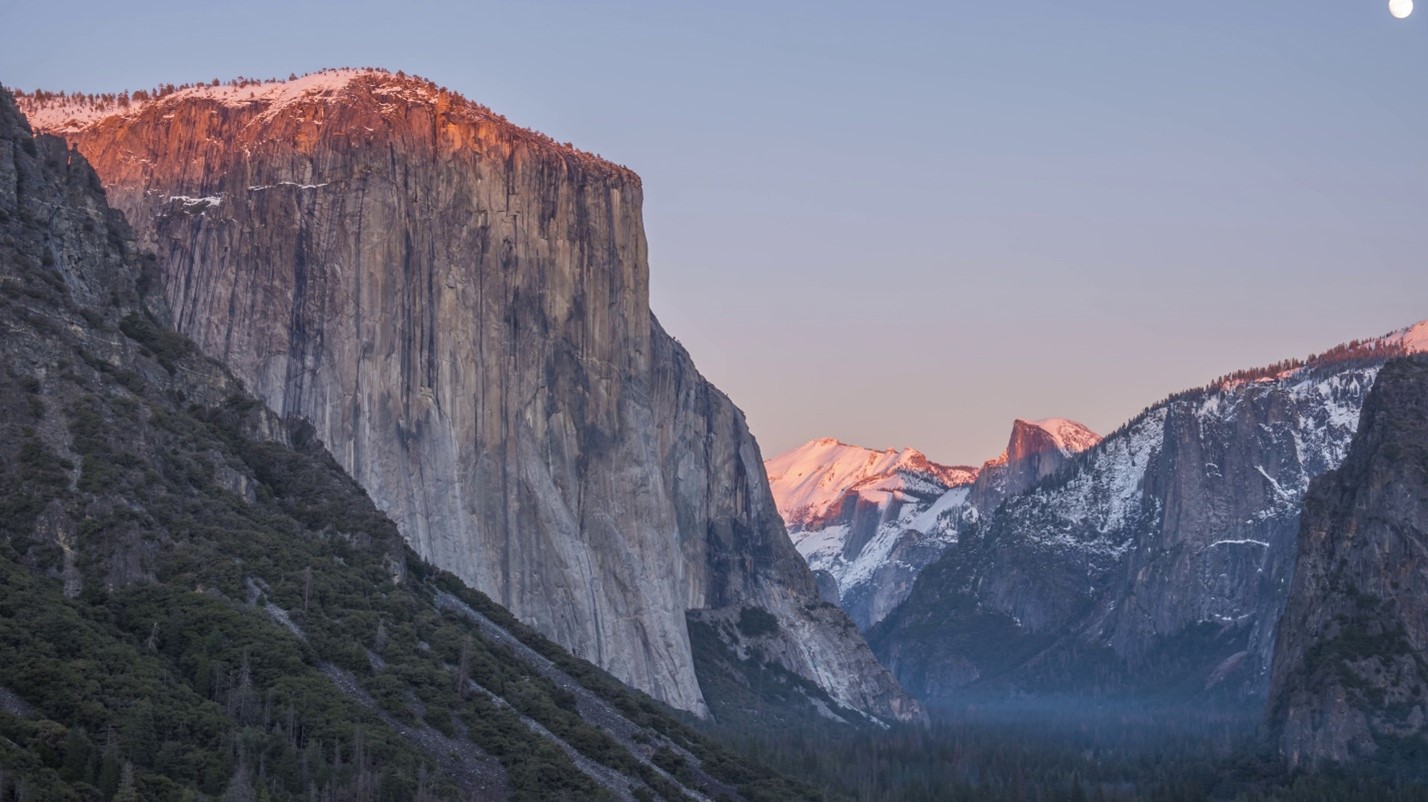 Yosemite National Park
Yosemite National Park
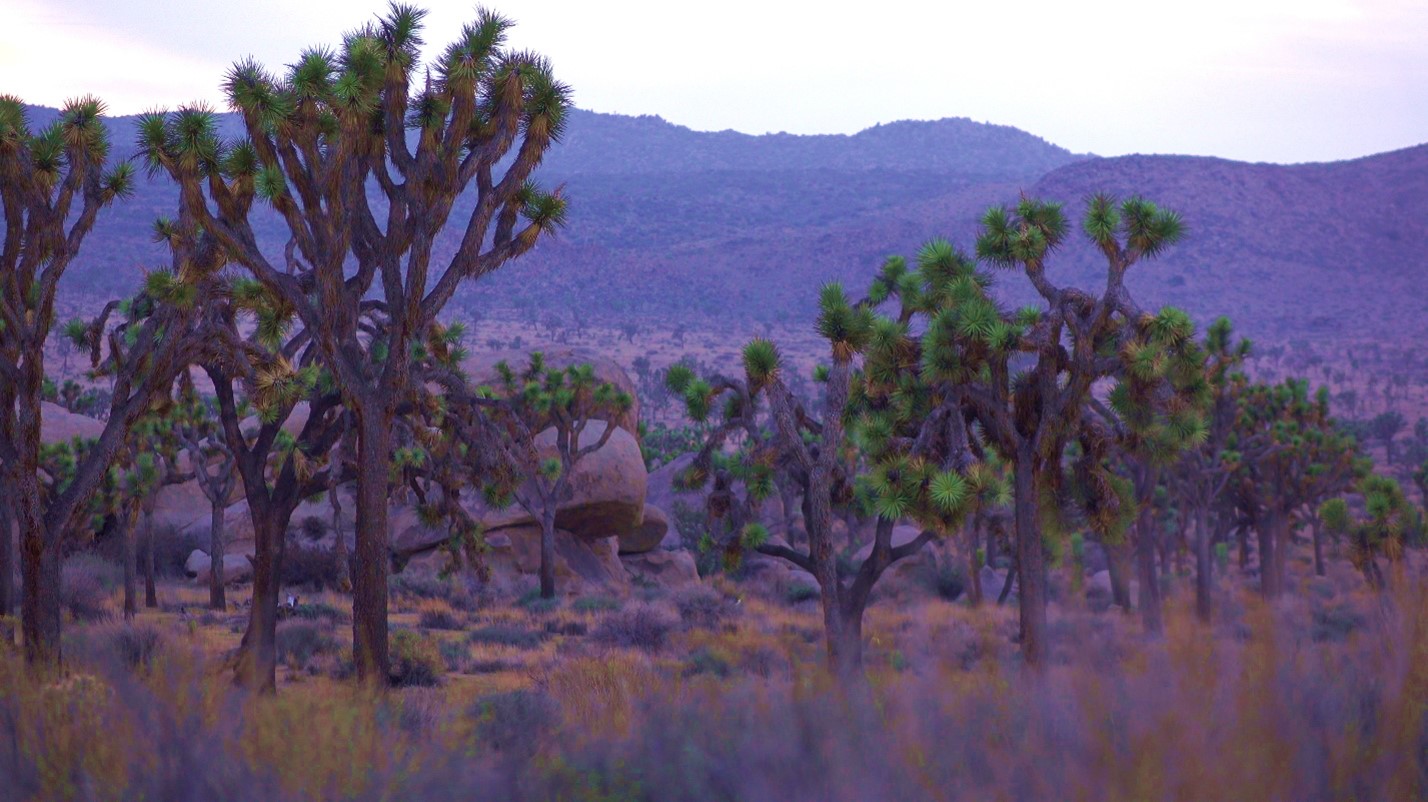 Joshua Tree
Joshua Tree
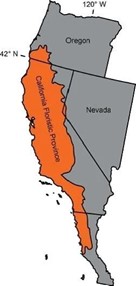 California Floristic Province
California Floristic Province
The Southwest Deserts: Life in Extremes
The deserts of the American Southwest, including the Sonoran, Mojave, and Chihuahuan deserts, might appear barren, but they are teeming with specially adapted life. Saguaro National Park in Arizona highlights the iconic giant saguaro cactus, which provides shelter and food for a wide range of animals including Gila woodpeckers, desert tortoises, and javelinas. Organ Pipe Cactus National Monument protects the only place in the U.S. where the organ pipe cactus grows naturally. These deserts are also home to elusive species like the kit fox and desert bighorn sheep. Nighttime in the desert brings forth another world of biodiversity — from scorpions and owls to moths and bats. Despite the harsh conditions, the desert ecosystems exhibit intricate relationships between species, showcasing evolution’s adaptability and resilience.
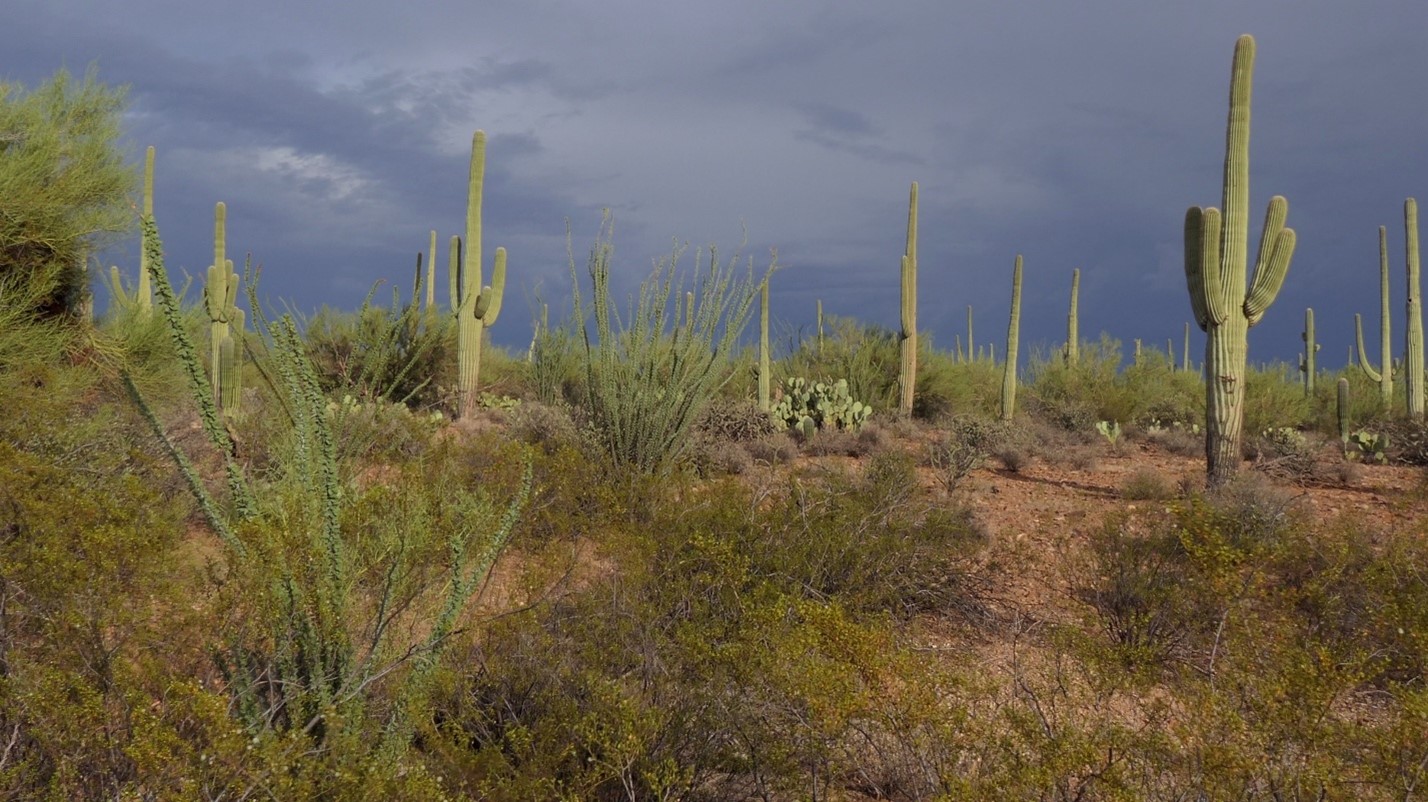 Saguaro National Park
Saguaro National Park
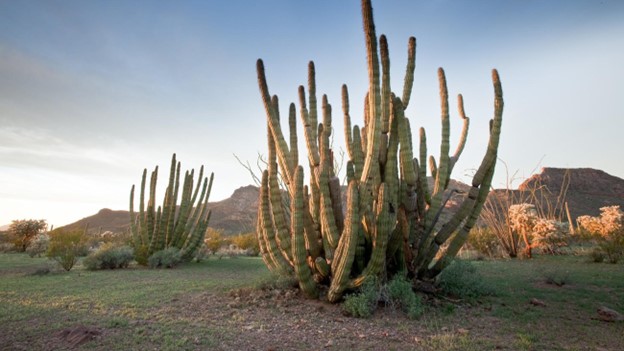 Organ Pipe Cactus
Organ Pipe Cactus
The Great Plains and Prairies: Grassland Biodiversity
The vast grasslands of the Great Plains once stretched uninterrupted from Texas to Canada, supporting immense herds of bison and a wide variety of prairie plants and animals. Today, many of these lands have been converted to agriculture, but national parks and preserves such as Badlands National Park in South Dakota and Tallgrass Prairie National Preserve in Kansas protect remnants of this ecosystem. These parks sustain species such as prairie dogs, pronghorn antelope, coyotes, and a diverse array of grassland birds including the endangered greater prairie chicken. Grassland ecosystems are crucial for maintaining soil health, water filtration, and carbon sequestration, and their preservation helps protect migratory bird corridors.
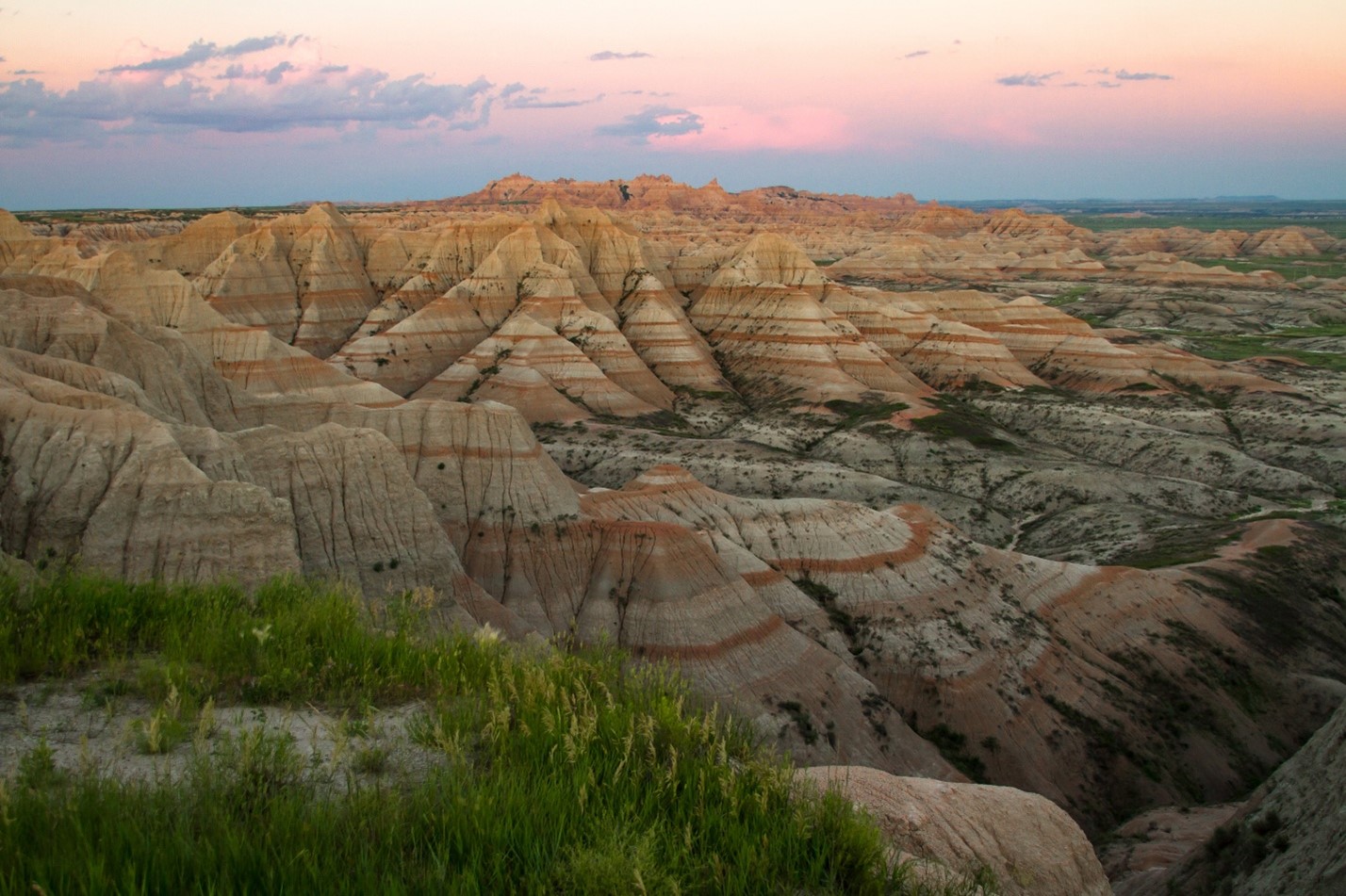 Badlands National Park
Badlands National Park
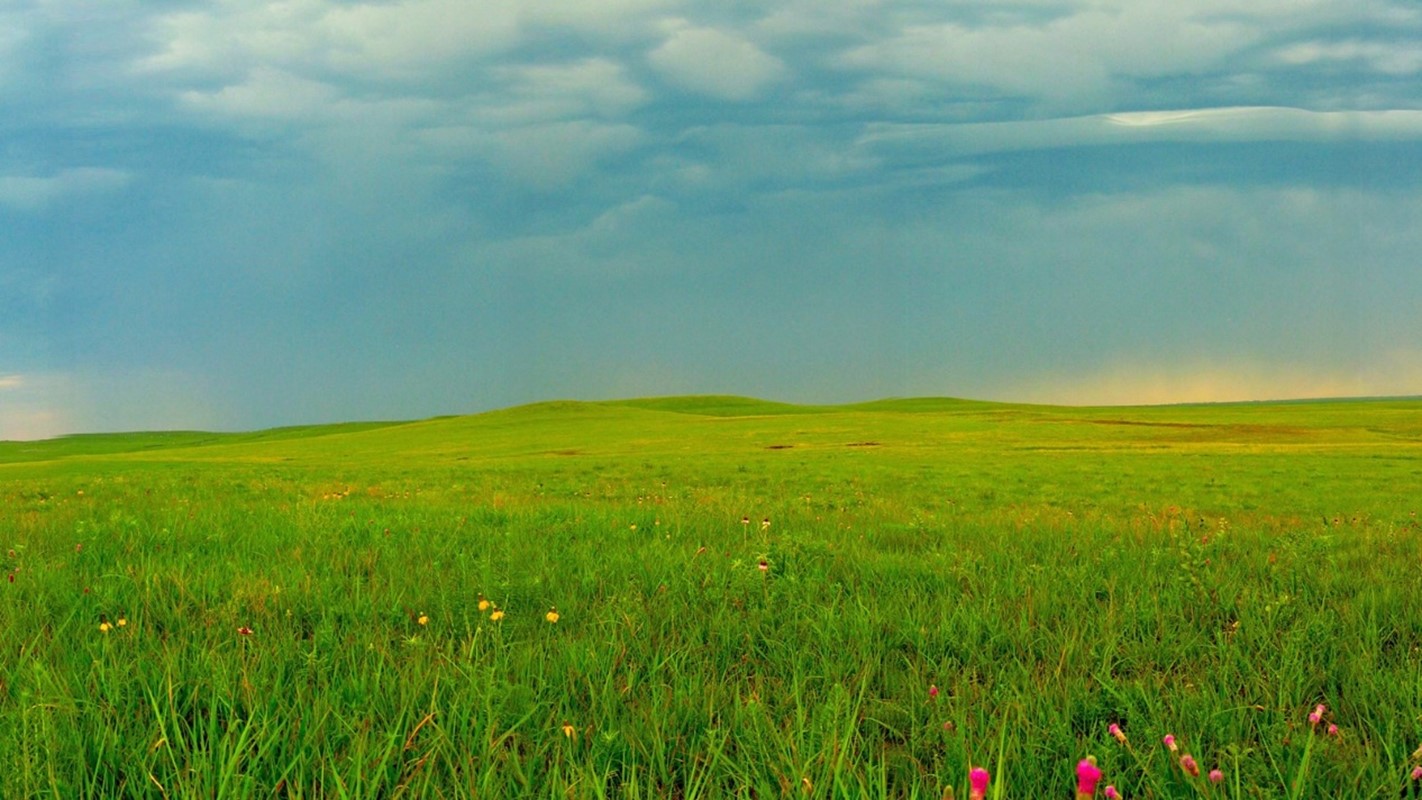 Tallgrass Prairie
Tallgrass Prairie
The Southeast: Wetlands, Swamps, and Subtropical Richness
The southeastern U.S. is a hotspot for aquatic biodiversity, particularly in its vast wetlands and swamp ecosystems. Everglades National Park in Florida is perhaps the most famous example, protecting one of the largest subtropical wilderness areas in North America. This slow-moving “river of grass” supports American alligators, Florida panthers, manatees, and hundreds of bird species including roseate spoonbills and wood storks. The Everglades also contain mangrove forests and sawgrass marshes that act as critical nurseries for fish and crustaceans. Protecting these wetlands is vital not only for biodiversity but also for water purification and buffering against hurricanes and sea-level rise. Other notable parks in the Southeast include Congaree National Park in South Carolina, which protects one of the largest intact old-growth bottomland hardwood forests in the U.S., and Great Smoky Mountains National Park on the border of Tennessee and North Carolina, known for its rich diversity of salamanders, moths, and flowering plants.
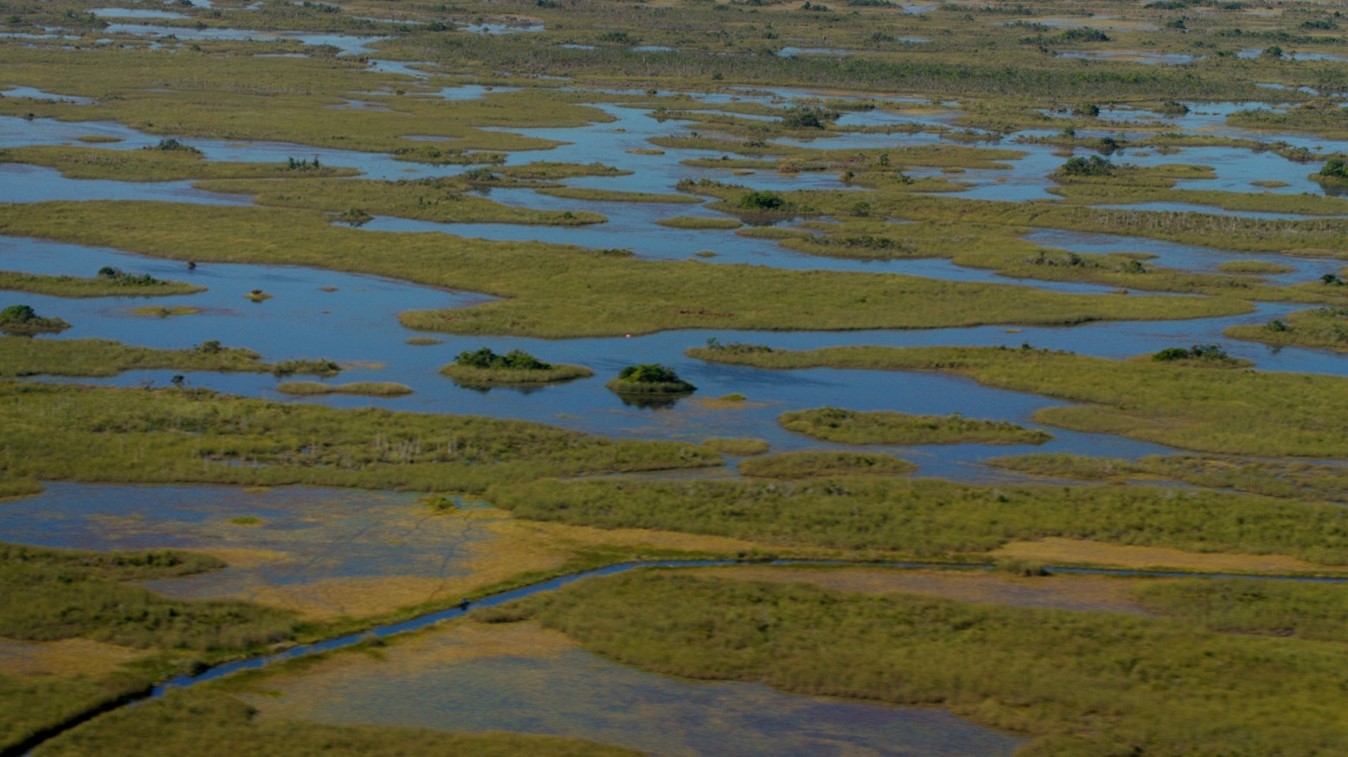 Everglades National Park
Everglades National Park
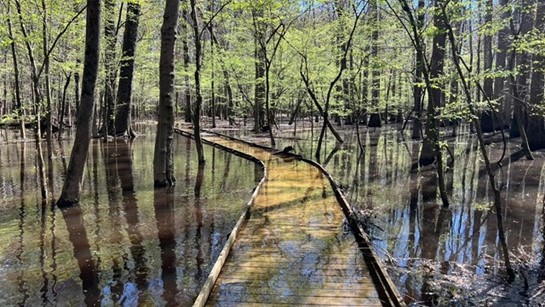 Congaree National Park
Congaree National Park
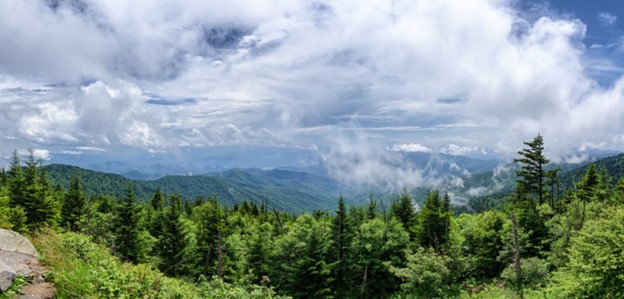 Great Smoky Mountains National Park
Great Smoky Mountains National Park
The Northeast: Forests and Coastal Diversity
The northeastern U.S. features a mixture of deciduous forests, mountains, and coastal habitats. Acadia National Park in Maine showcases rocky coastlines, spruce-fir forests, and mountain summits. It is home to species such as moose, black bears, peregrine falcons, and numerous migratory birds. The coastal waters along the Northeast are rich in marine biodiversity, including whales, seals, and a variety of fish species. The forests here represent temperate hardwood ecosystems, with trees such as maples, oaks, and birches supporting a complex food web.
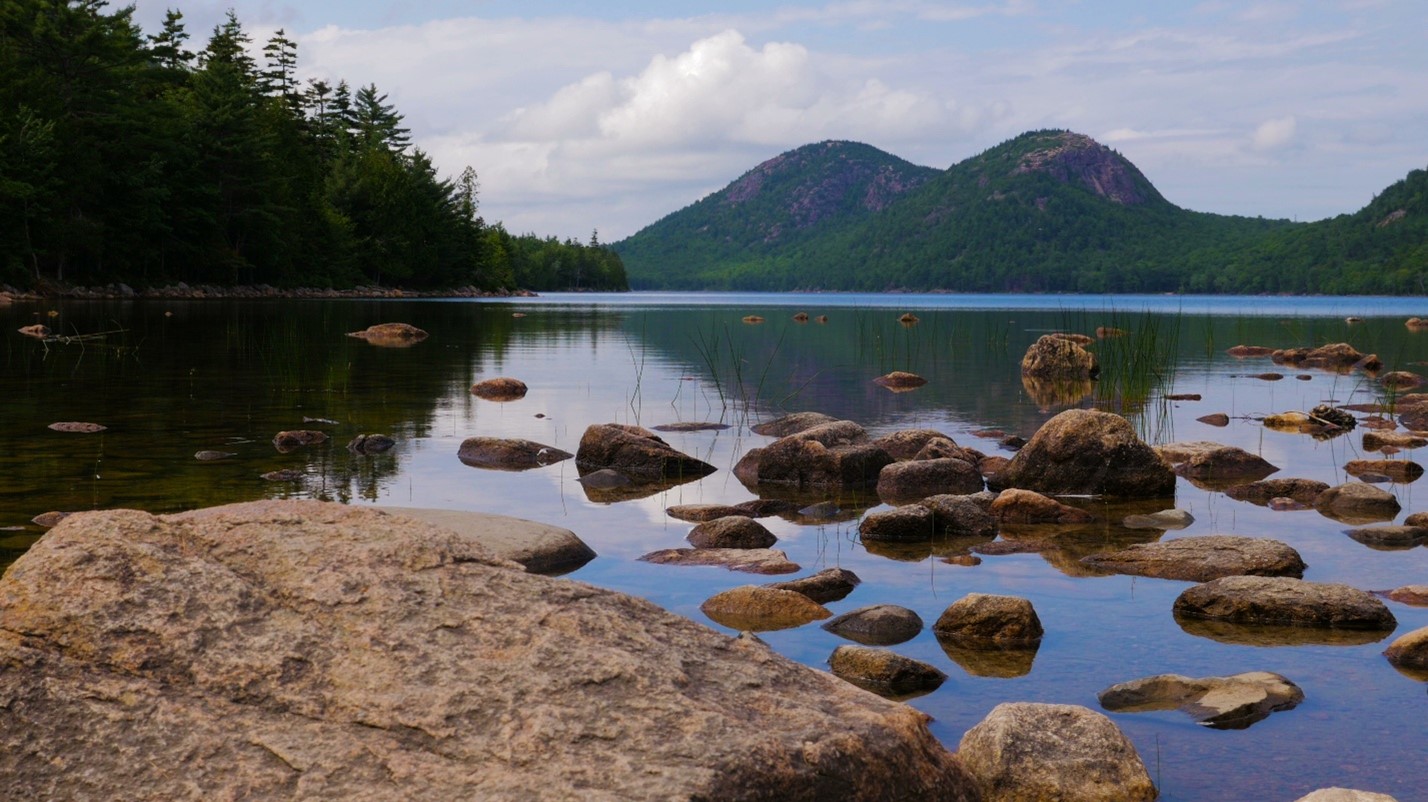 Acadia National Park
Acadia National Park
National Parks as Biodiversity Refuges and Challenges Ahead
National parks and protected areas represent only a fraction of the country’s land area, but they serve as critical refuges for biodiversity. By preserving diverse habitats, they help maintain genetic diversity, protect endangered species, and support ecological processes like pollination, nutrient cycling, and predator-prey dynamics. However, these parks face numerous challenges including climate change, invasive species, pollution, and human encroachment. Climate change, in particular, threatens to alter habitats, shift species ranges, and disrupt ecological balance. For example, rising temperatures and drought can stress the giant sequoias in California, while warming oceans threaten coral reefs and marine life. Ongoing conservation efforts involve scientific research, habitat restoration, invasive species management, and community engagement to ensure these natural treasures persist for future generations. The diversity found in these places not only enriches the natural world but also supports human well-being through ecosystem services, cultural connections, and opportunities for recreation and education. Protecting and celebrating the biodiversity of the United States, coast to coast and north to south, is a shared responsibility that reflects the country’s commitment to preserving the living legacy of its lands for generations to come.